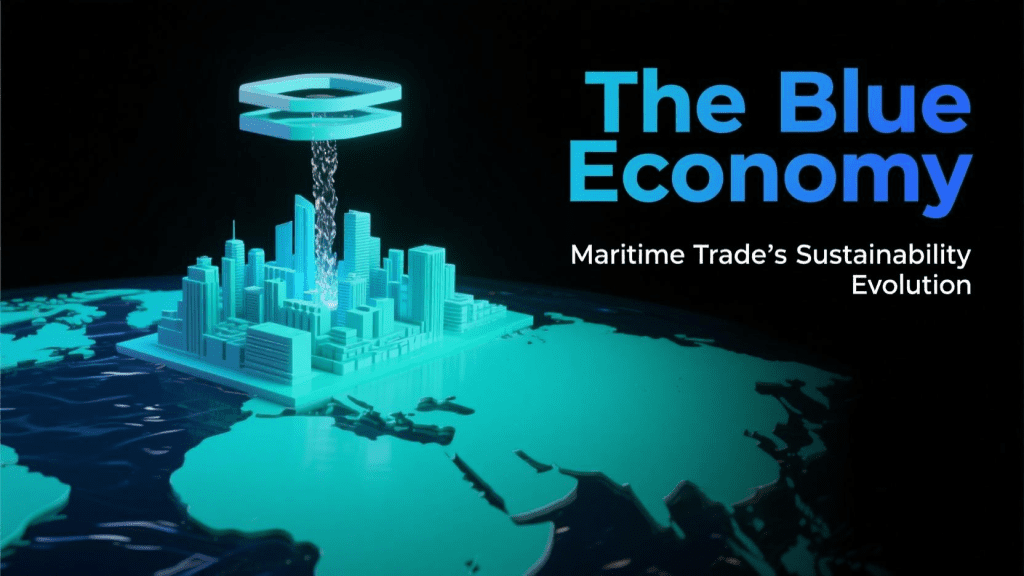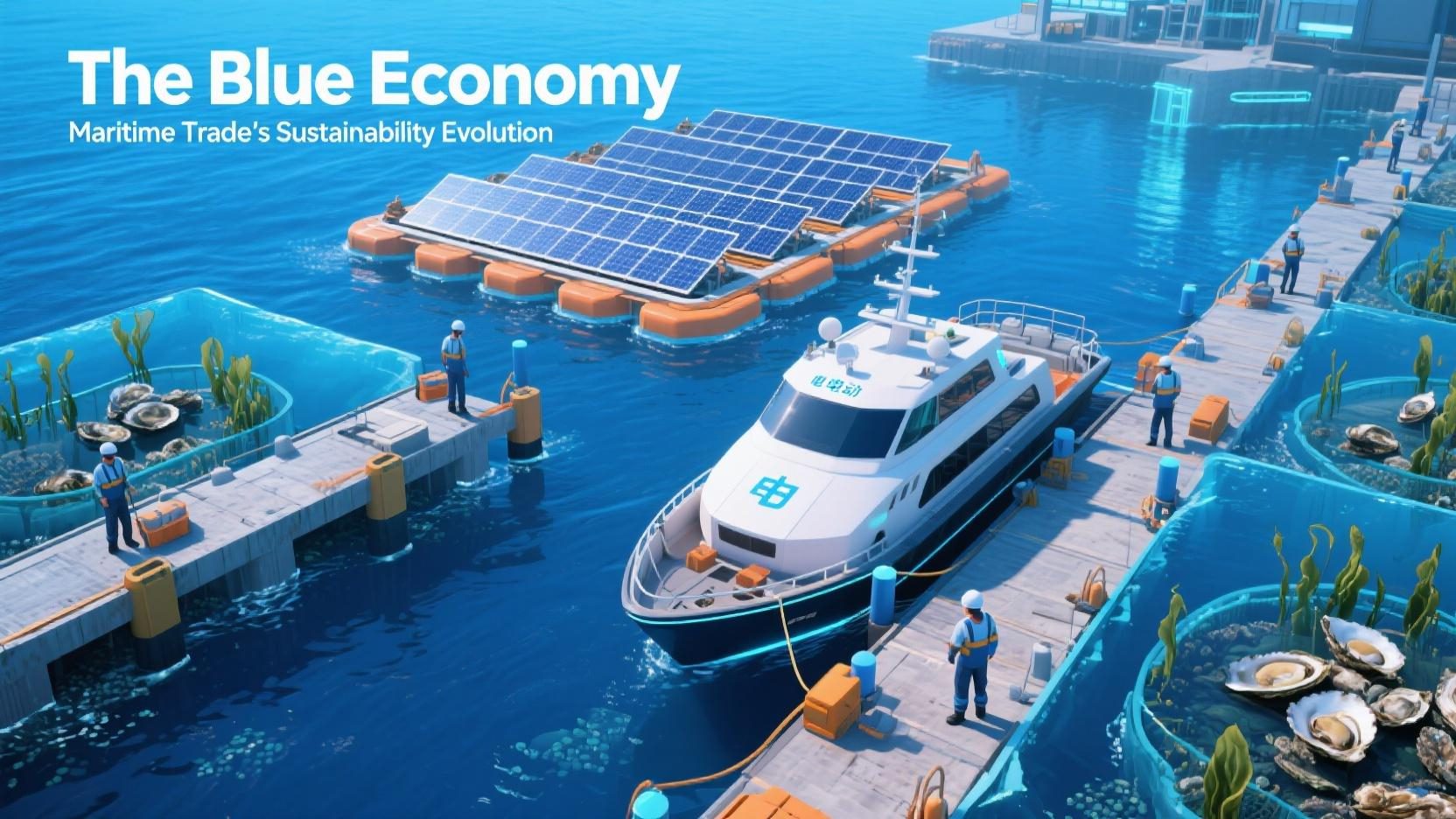As the global economy strives for decarbonization, the maritime sector finds itself at a pivotal juncture. Long the backbone of international trade — transporting over 80% of global goods — shipping now faces an urgent shift towards sustainability. The era of burning bunker fuel and polluting oceans is ending. In its place emerges the Blue Economy: a reimagined maritime sector where commerce, environmental stewardship, and cutting‑edge technology converge.
The Challenges at Sea
The shipping industry contributes roughly 3% of global CO₂ emissions, making it a significant polluter. The International Maritime Organization (IMO) aims to reduce these emissions by 50% by 2050, but traditional carriers grapple with aging fleets and rising fuel costs. Meanwhile, rising global temperatures and intensifying storms threaten ports and disrupt supply chains, making resilience a top priority.
The New Wave of Maritime Trade
A coalition of global ports and carriers is leading the charge:
✅ Zero‑Emission Fleets:
Maersk has launched its first methanol‑powered container vessel, slashing emissions by up to 95% compared to traditional ships.
✅ Floating Wind Farms & Seaweed Offsets:
Ports from Rotterdam to Singapore now host floating wind farms and kelp farms that capture CO₂, making harbor facilities net‑negative in emissions.
✅ Blockchain & AI‑Driven Logistics:
Platform technologies like TradeLens enable end‑to‑end shipment visibility, reducing delays and waste by leveraging immutable digital ledgers.
The New Rules of the Sea
With sustainability now central, global maritime trade is redefining its core principles:
-
Environmental Tariffs: The EU’s Carbon Border Adjustment Mechanism (CBAM) applies to shipping emissions, making sustainability a competitive advantage.
-
Blue Bonds: Investors are pouring billions into green maritime infrastructure, aligning trade financing with climate goals.
-
Ocean Governance: New international agreements like the UN High Seas Treaty (2023) set guidelines for environmental stewardship and resource sharing.
The Future of Maritime Trade
The Blue Economy is reshaping global commerce. The ports that evolve into green innovation hubs, the carriers that pivot to low‑carbon propulsion, and the nations that embed sustainability into their maritime policies will dominate the next chapter of global trade.
Today’s ocean trade is no longer about moving goods across seas — it’s about moving the world towards a sustainable future.









